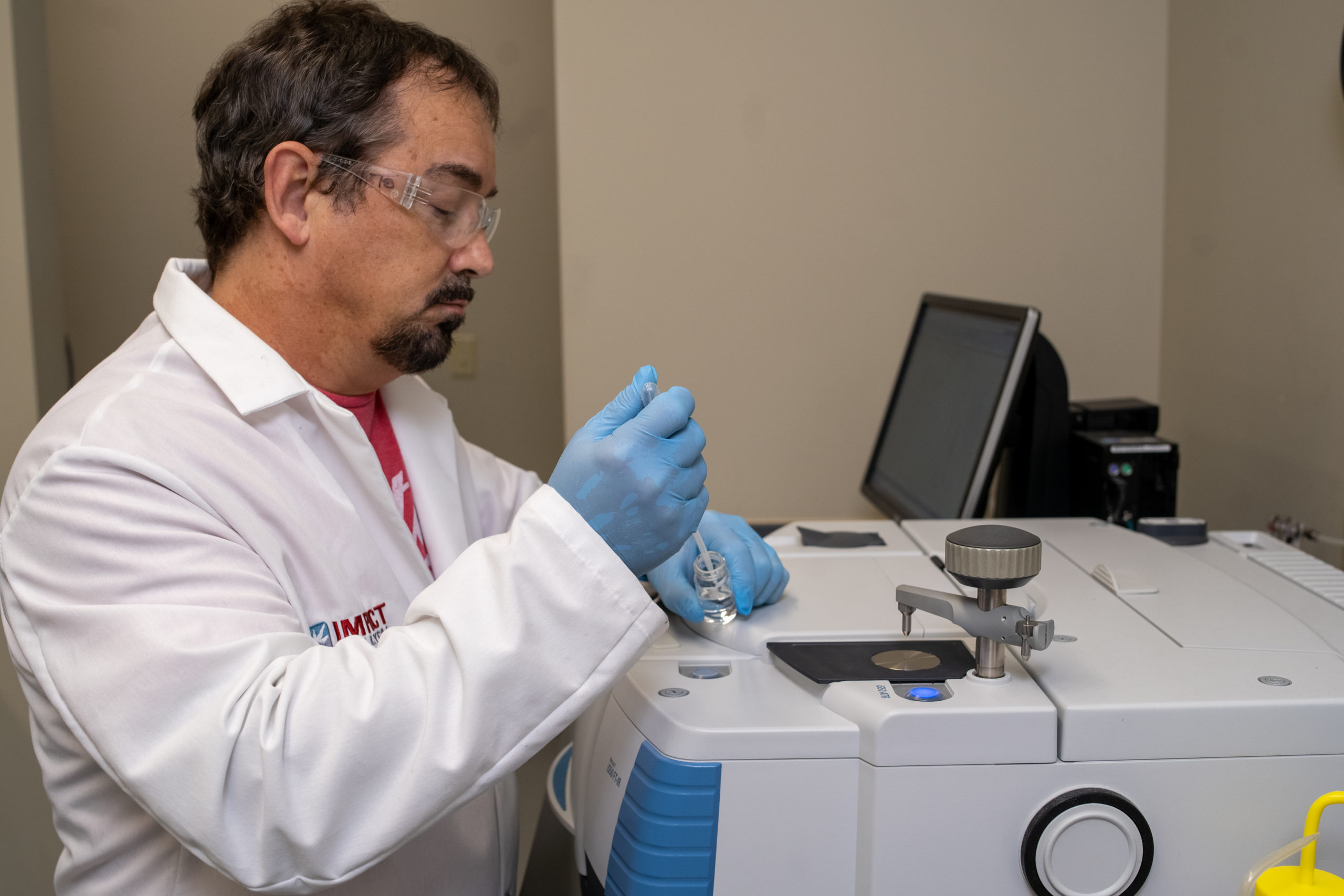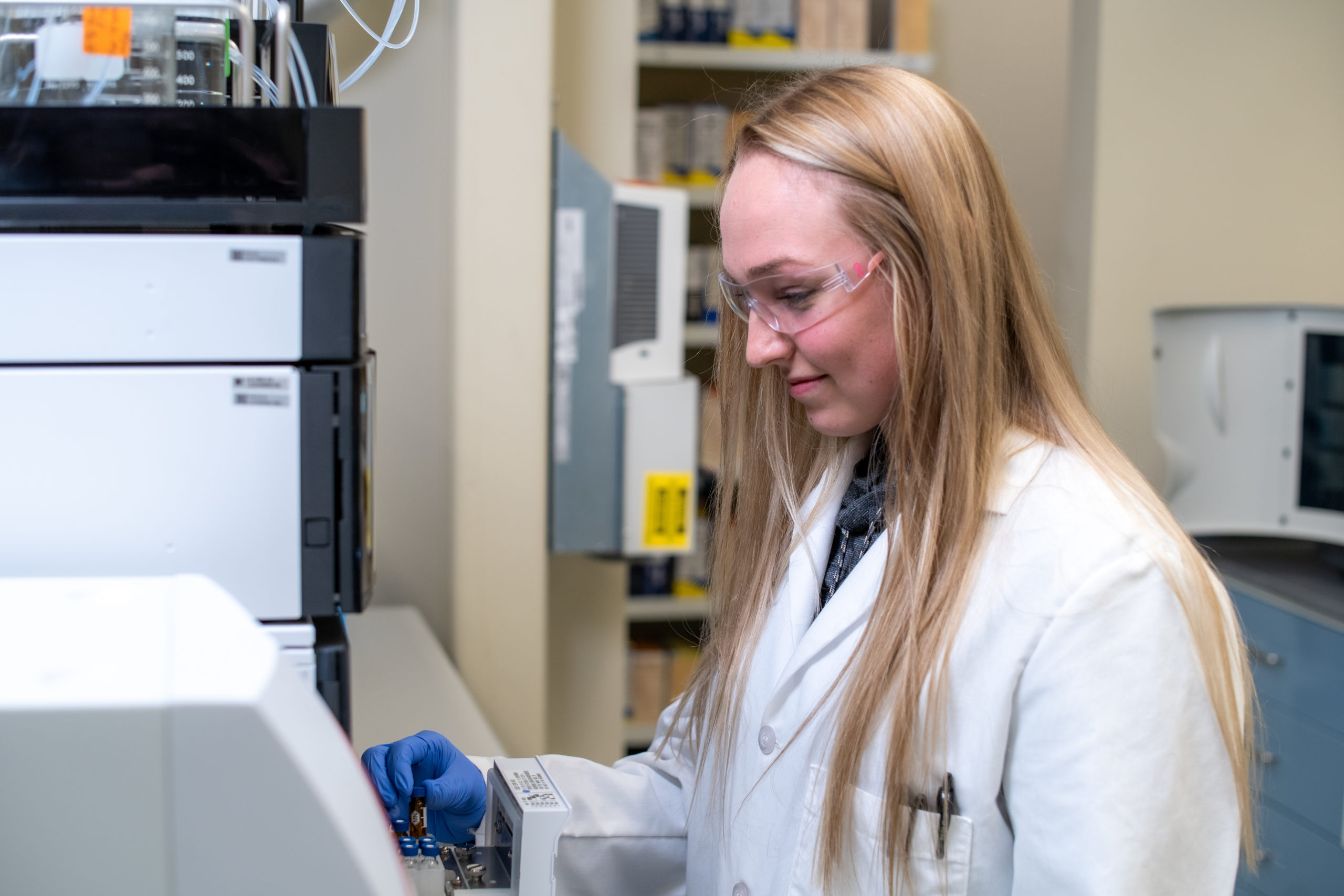-Techniques-
Specific Gravity Determination
Specific gravity is the ratio of the density of a substance to the density of a reference substance; equivalently, it is the ratio of the mass of a substance to the mass of a reference substance for the same given volume. Apparent specific gravity is the ratio of the weight of a volume of the substance to the weight of an equal volume of the reference substance. The reference substance is nearly always water at its densest (4°C) for liquids; for gases it is air at room temperature (21°C). The specific gravity of water is 1. Nonetheless, the temperature and pressure must be specified for both the sample and the reference. Pressure is nearly always 1 atm (101.325 kPa). Temperatures for both sample and reference vary from industry to industry. In British beer brewing, the practice for specific gravity as specified above is to multiply it by 1000.
Specific gravity is commonly used in industry as a simple means of obtaining information about the concentration of solutions of various materials, or of quality control for polymer materials: to evaluate physical changes, or determine the degree of uniformity between samples or lots.
Details
Specific gravity varies with temperature and pressure; reference and sample must be compared at the same temperature and pressure or be corrected to a standard reference temperature and pressure. Substances with a specific gravity of 1 are neutrally buoyant in water. Those with SG greater than 1 are denser than water and will, disregarding surface tension effects, sink in it. Those with an SG less than 1 are less dense than water and will float on it. In scientific work, the relationship of mass to volume is usually expressed directly in terms of the density (mass per unit volume) of the substance under study. It is in industry where specific gravity finds wide application, often for historical reasons.
Analytical Methods
Specific gravity can be measured in a number of value ways. A pycnometer is simply a bottle which can be precisely filled to a specific, but not necessarily accurately known volume. Placed upon a balance of some sort, it will exert a force where using the mass of the bottle filled with the product being tested and the mass of the bottle full of water the specific gravity can be calculated.


Digital density meters (Typical ASTM Test method D4052)
Vibrating Element Transducers: This type of instrument requires a vibrating element to be placed in contact with the fluid of interest. The resonant frequency of the element is measured and is related to the density of the fluid by a characterization that is dependent upon the design of the element. In modern laboratories precise measurements of specific gravity are made using oscillating U-tube meters. These are capable of measurement to 5 to 6 places beyond the decimal point and are used in the brewing, distilling, pharmaceutical, petroleum and other industries. The instruments measure the actual mass of fluid contained in a fixed volume at temperatures between 0 and 80 °C but as they are microprocessor based can calculate apparent or true specific gravity and contain tables relating these to the strengths of common acids, sugar solutions, hydrocarbons etc…
Examples
| Material | Specific Gravity |
| Balsa wood | 0.2 |
| Oak wood | 0.75 |
| Ethanol | 0.78 |
| Water | 1 |
| Table salt | 2.17 |
| Aluminium | 2.7 |
| Cement | 3.15 |
| Iron | 7.87 |
| Copper | 8.96 |
| Lead | 11.35 |
| Mercury | 13.56 |
| Depleted uranium | 19.1 |
| Gold | 19.3 |
| Osmium | 22.59 |
Related Testing Techniques
Ready to Get Started?
Give us a call and speak with an actual scientist.

